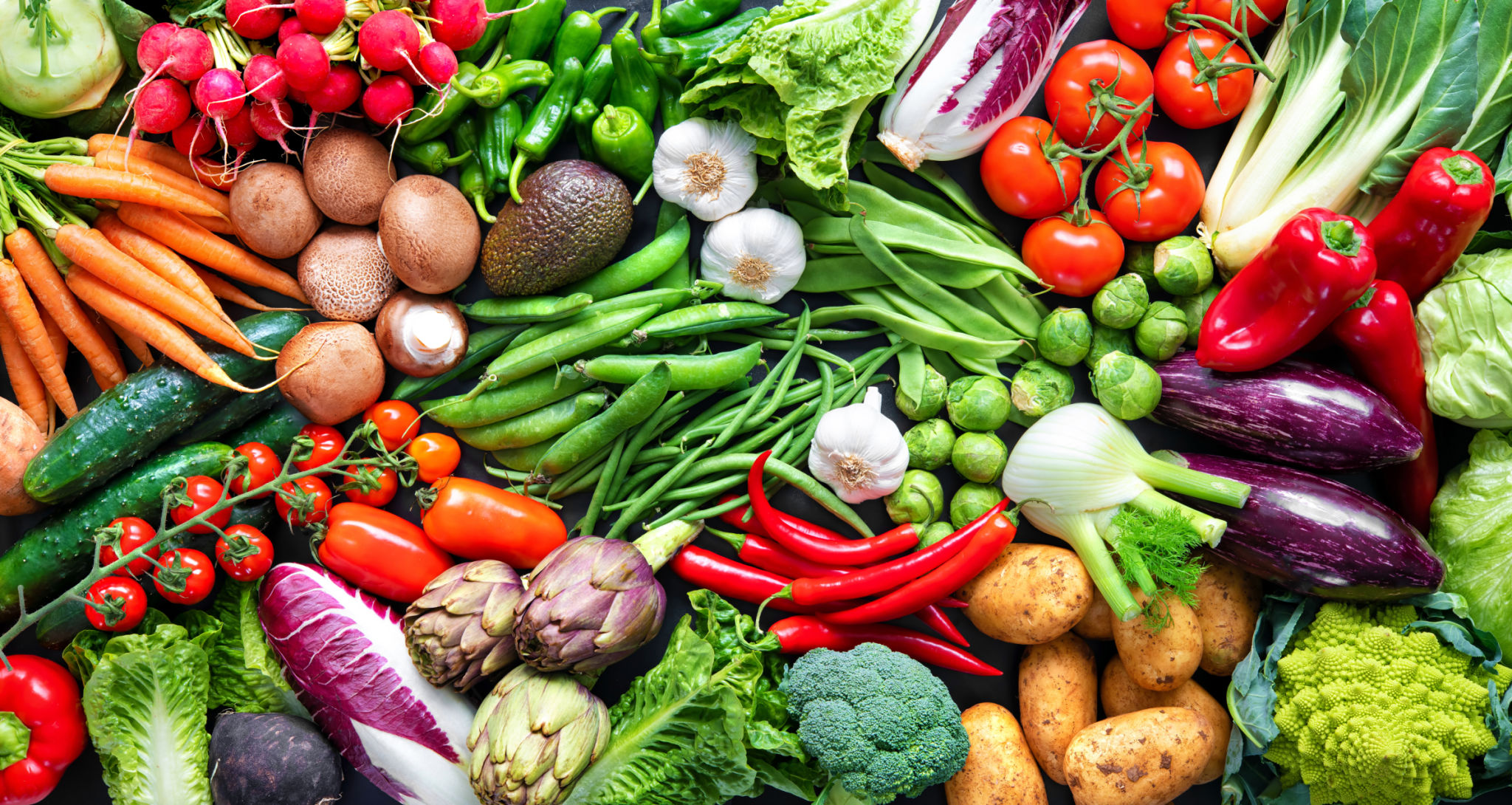Mastering Seasonal Menus: Tips from Top Chefs
Understanding the Essence of Seasonal Menus
Creating a seasonal menu is an art form that requires a deep understanding of ingredients, timing, and customer preferences. Top chefs know that using fresh, locally sourced products not only enhances flavor but also supports sustainability and local economies. By aligning your menu with the seasons, you can offer dishes that are not only delicious but also cost-effective.

Seasonal menus highlight the best of what nature offers at any given time, ensuring that flavors are at their peak. This approach not only provides variety throughout the year but also ensures that dishes maintain a level of excitement and novelty for returning customers.
Collaborating with Local Farmers
One of the key strategies for mastering seasonal menus is collaborating with local farmers and producers. This partnership allows chefs to access the freshest ingredients and often leads to discovering unique, locally grown products. Building strong relationships with suppliers can also provide insights into upcoming harvests, helping chefs plan their menus accordingly.
Top chefs frequently visit farmers' markets and engage with growers to understand the nuances of each product. This hands-on approach ensures that they are well-informed about the quality and availability of ingredients, allowing for more creative and flexible menu planning.

Experimenting with Seasonal Flavors
The changing seasons offer an incredible opportunity for chefs to experiment with different flavors and techniques. By incorporating seasonal ingredients, chefs can create signature dishes that reflect the time of year and resonate with diners. For instance, spring might inspire light, herbaceous dishes, while autumn calls for hearty, warming flavors.
Top chefs often blend traditional cooking methods with innovative techniques to highlight the natural beauty of seasonal produce. This experimentation not only keeps menus exciting but also showcases the chef’s creativity and adaptability.
Balancing Variety and Consistency
A successful seasonal menu strikes a balance between variety and consistency. While it’s essential to introduce new dishes regularly, keeping some staples can provide a sense of reliability for diners. Chefs can achieve this by rotating key ingredients while maintaining popular dish formats or styles.

This approach allows regular customers to enjoy old favorites with a fresh twist while enticing new patrons with innovative offerings. It’s a delicate balance, but one that top chefs navigate with skill and precision.
Conclusion
Mastering seasonal menus is both a science and an art that top chefs continue to refine. By focusing on fresh ingredients, building strong supplier relationships, experimenting with flavors, and balancing variety with consistency, chefs can create compelling dining experiences that keep customers coming back for more. As seasons change, so do opportunities to surprise and delight diners with the best nature has to offer.